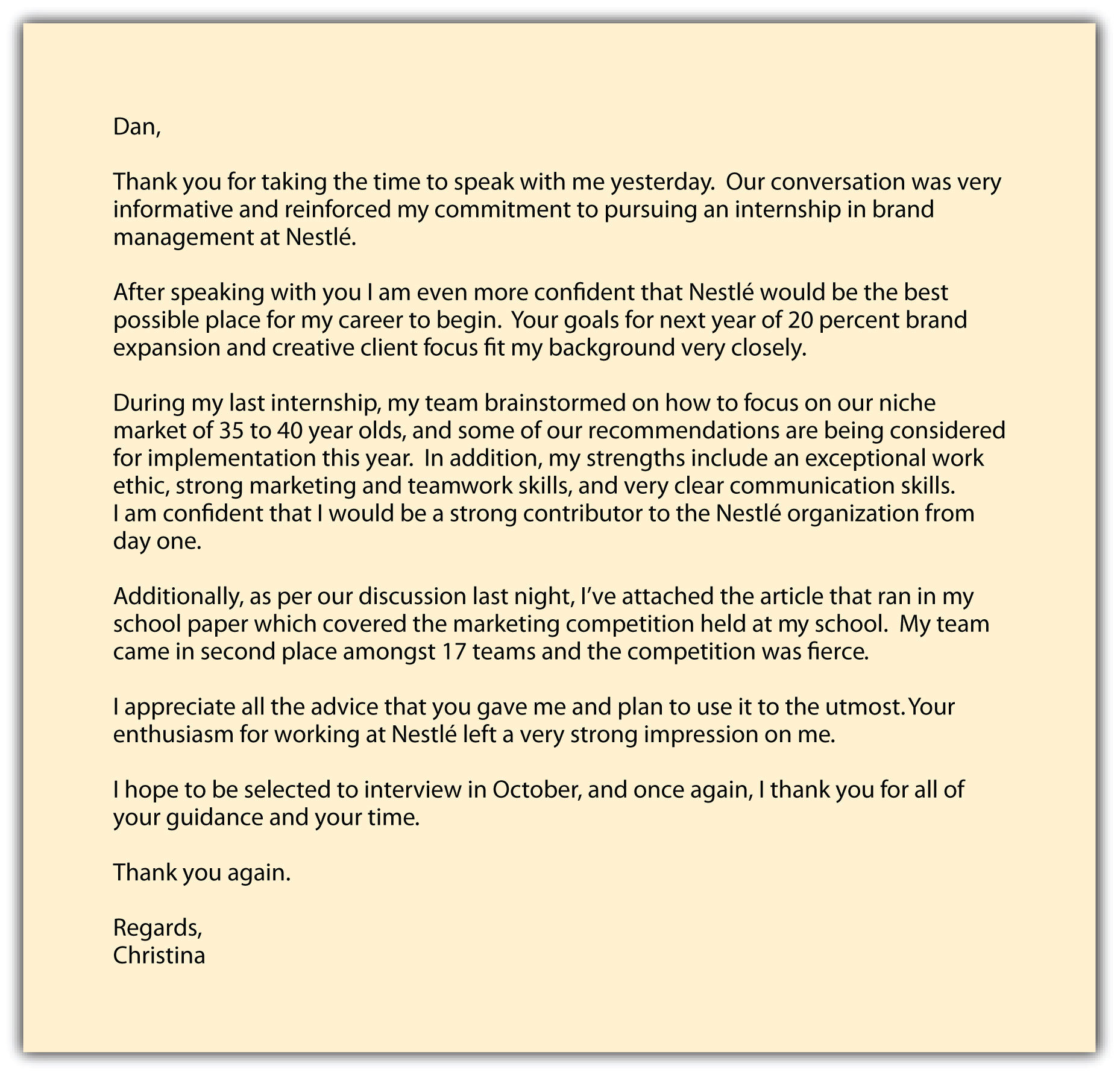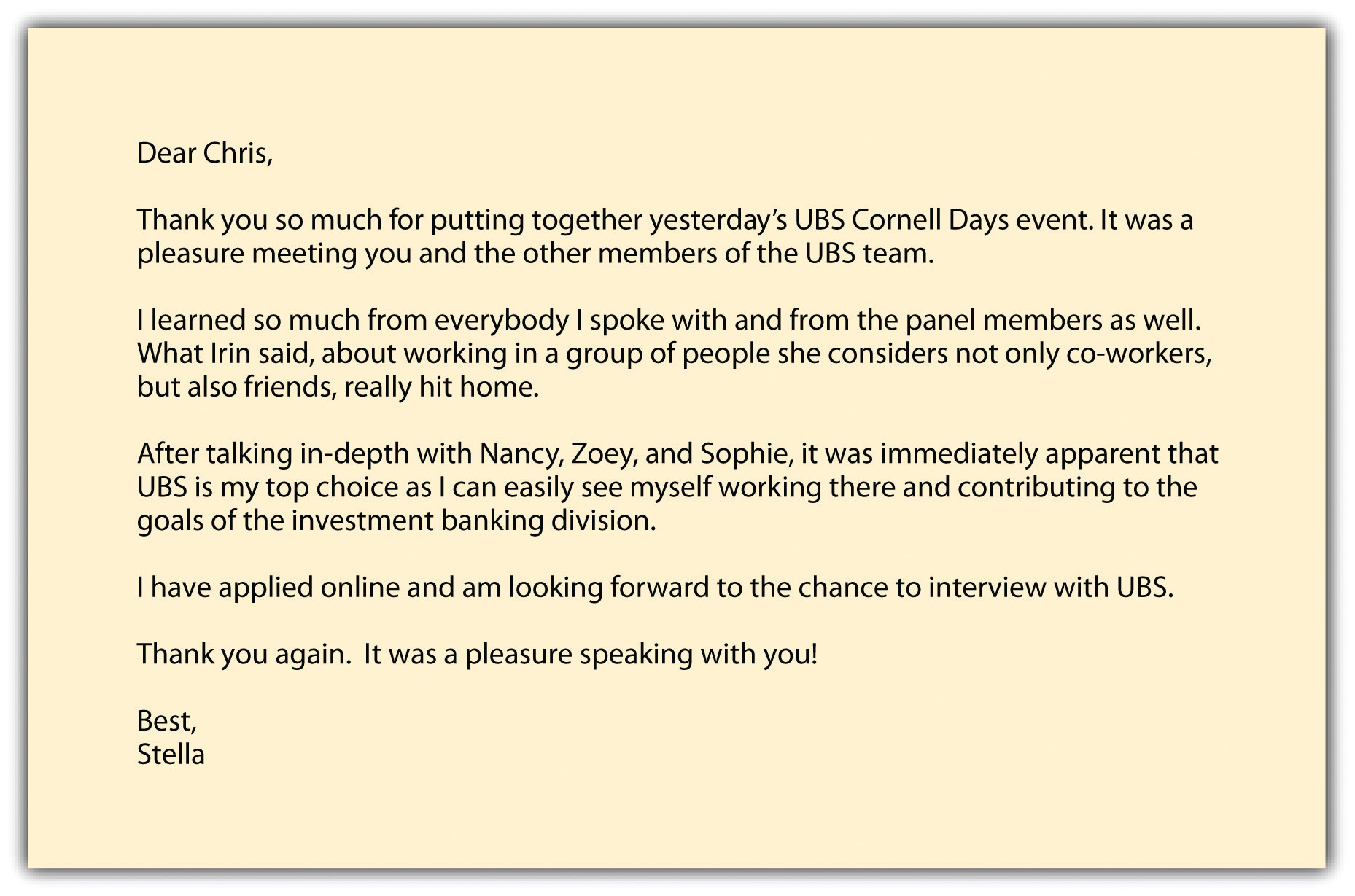Networking consists of four stages, and the sequential order of the four stages is extremely important:
We all know individuals who call us only when they need something. They use only two of the four steps: they go from the approach right to the request. We know how we feel when this happens. When these people contact us, we no doubt say to ourselves, “I wonder what they want now.” To avoid this annoying behavior, you must follow the four steps sequentially. Let’s review each one in the order they should be used.
Research enables you to identify key things and key people with whom you should be networking. In a job search, you should aim your research to answer the following questions:
Once you identify these items, research everything about them through company websites, Google, LinkedIn, and the people in your network. The more information you gather, the more knowledgeable you will be about your job search, and the more likely you will impress those with whom you meet and network.
Once you have identified the individuals with whom you would like to network or contact, think about how you would like to contact them. Great care should be taken with this step because first impressions matter. Things to consider include the following:
Do you know anyone who can make a warm introduction? Cold contacts are clearly not as effective as an introduction from someone who knows both parties. If you are fortunate enough to have such a contact, approach them to make the connection. Never ask for a job. Instead, ask that they make an introduction. People you already know can make introductions:
If you have great contacts, but you haven’t kept in touch with them, you can use different ways to reconnect, but take care to not offend. The first time you reconnect, it cannot be about your job search. You cannot ask for anything that first time, except how the other person is doing. The point of reconnecting is to reestablish the relationship. The other person is the focus and by listening to them and being interested, you actually help yourself because you will learn about what’s going on in the market and what people care about, and you can act on this later.
This is why maintaining your network is so critical when you don’t need anything. It takes the time pressure off you to accomplish anything. If, however, you have waited until you are in need to work on your network, then you must discipline yourself to make those early contacts about your network and not about yourself. One good exercise is to take three to five contacts per day and just say hello. This gets you in the habit of regularly reaching out to your network, so that when you actually have a question to ask or even a favor, the request isn’t the only time you have reached out.
When using LinkedIn, remind people how you know each other. Don’t use those template connection invitations. Compose a personal message about where you met, when you last spoke, or something else that shows genuine interest. Add an updated and professional-looking picture of yourself so that old connections who may have forgotten your name can recognize you visually.
A networking paradoxA seemingly contradictory statement that may nonetheless be true. is that you cannot get a job without networking, but the biggest networking pet peeve is when someone asks for a job. Remember that no one wants to be contacted only in times of need. That’s what gives networking a bad reputation.
Once you have made the contact, the very next step is to follow up and maintain the networking contact. Immediately after meeting someone, following either a marketing event of some kind, a networking meeting, or an interview, you should send that person an e-mail that mentions that you were happy to see or meet them, references something you discussed (to at the very least remind them of your conversation), and asks for nothing in return.
Recruiters and hiring managers appreciate e-mails that reiterate interest or share an item that may be of interest to them, but what isn’t appreciated is requiring that they get back regarding a date or detail of some kind. Avoid if it at all possible. The best way to build a solid network is to contact people when you don’t need anything. Even if you are a job seeker and are networking to jump-start your search, you don’t want your first contact (or even your second) to be a request for help. Instead, maintain (or restart) your network by reaching out to people regularly—without asking for anything.
If you plan to add someone to your network for the long term, you should follow up with that person several times a year. Asking for help or just talking about yourself doesn’t count. Follow up in a way that focuses on them and what you can do for them, not the other way around. Focus on giving away—not selling. Here are some creative ways to reach out:
Use these nine methods, timed six to seven weeks apart, and you have almost a year of follow up. Now you have no excuse not to maintain your network.
Figure 7.2 "Example Follow-Up Note 1" and Figure 7.3 "Example Follow-Up Note 2" are examples of a follow-up note after a networking meeting.
Figure 7.2 Example Follow-Up Note 1

Figure 7.3 Example Follow-Up Note 2

Only when you have completed the first three steps should you make a request. The quality of your network depends on following this checklist. It is tempting to jump from step 2 (the approach) to step 4 (the request), but you do so at the risk of not building a quality network on which you can rely for your professional success.